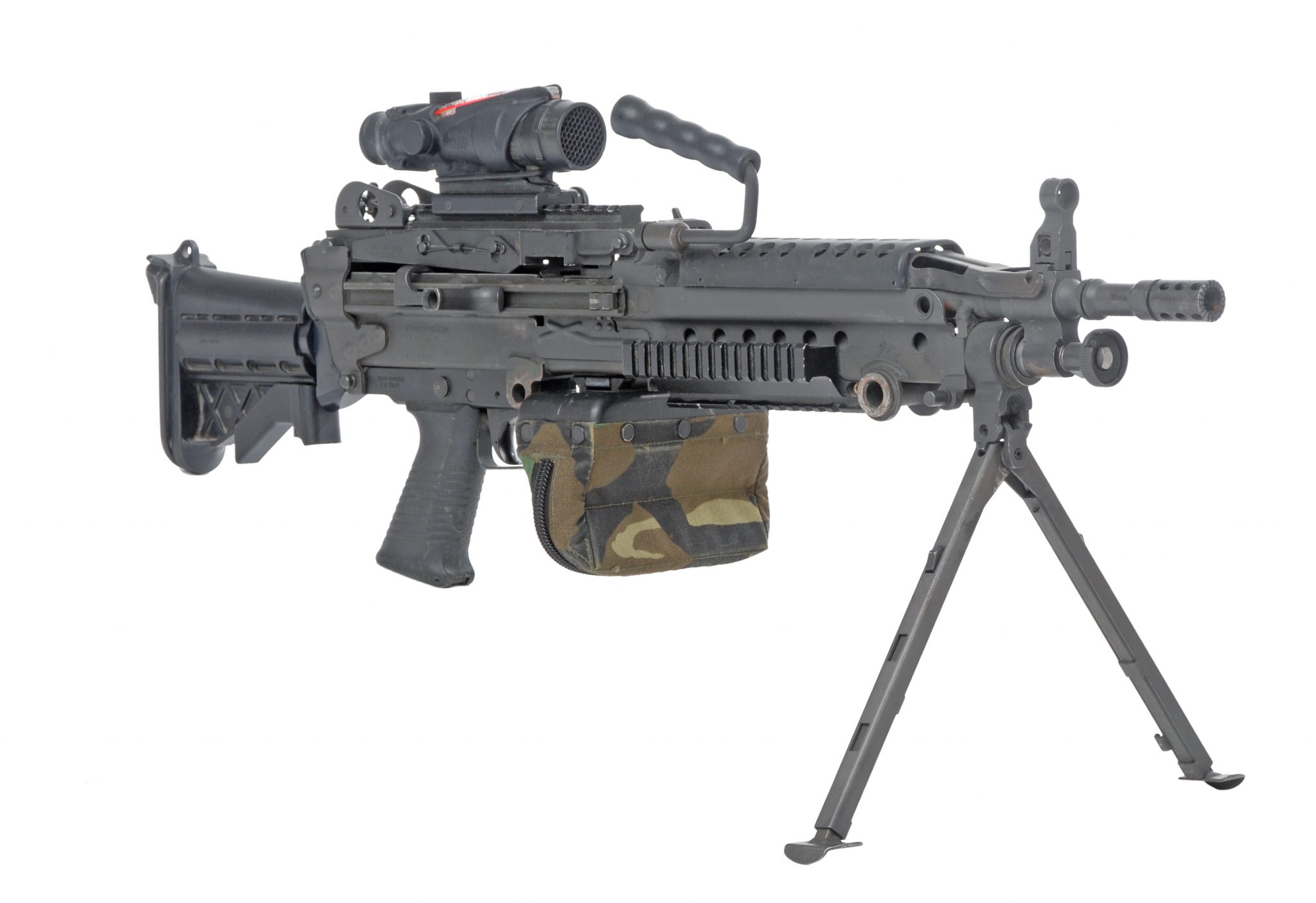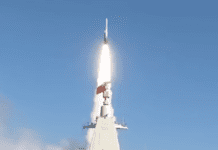This post is also available in:
 עברית (Hebrew)
עברית (Hebrew)
Four months have passed since the Las Vegas mass shooting spurred outrage over bump-fire stocks, which gunman Stephen Paddock attached to 12 of his semi automatic rifles before he killed 58 people and injured hundreds more.
In December, we at i-HLS.com wrote a piece regarding a suggested US ban on bump stocks. Now, two months later, we are giving you an update on the matter.
A bump-fire stock replaces a rifle’s butt stock, or “shoulder stock,” and lets the gun move back and forth rapidly. It allows a shooter to hold his trigger finger stationary as the rifle recoils, converting a semi automatic rifle into something capable of firing 100 rounds in seven seconds and 400 to 800 rounds per minute.
According to the dallasobserver.com, not all avid hunters like using bump stocks, and not all gun dealers like stocking them. They require a little bit of skill to use: knowing how to press the trigger and how much forward pressure to apply to cause the bump-fire action. Bump firing is known to be inaccurate, like trying to aim with an unleashed jackhammer.
“In order to use the installed device, the shooter must apply constant forward pressure with the non-shooting hand and constant rearward pressure with the shooting hand,” John Spencer, chief of the Bureau of Alcohol, Tobacco, Firearms and Explosives firearms technology branch, wrote in his June 2010 letter. “Accordingly, we find that the ‘bump stock’ is a firearm part and is not regulated as a firearm under Gun Control Act of the National Firearms Act.”
That didn’t seem to matter in Las Vegas — Paddock’s victims were crowded together 32 stories below him at an outdoor country music festival when he opened fire from a hotel room window Oct. 1.
Shortly after the Las Vegas shooting, lawmakers were quick to call on the federal government to ban bump-fire stocks, and there seemed to be bipartisan support. Then Republican lawmakers decided that instead of Congress handling the issue, the Bureau of Alcohol, Tobacco, Firearms and Explosives should figure it out. The agency had already claimed the accessory was “not regulated as a firearm under Gun Control Act or the National Firearms Act,” according to a June 2010 letter to Slide Fire, one of the leading manufacturers of bump-fire stocks.
[youtube https://www.youtube.com/watch?v=K2IOZ-5Nk5k]
The ATF announced online in December that it was opening up a public comment period about the Department of Justice’s proposed rule-making that “would interpret the statutory definition of machine gun in the National Firearms Act of 1934 and Gun Control Act of 1968 to determine if bump-fire stocks falls within that definition.”
The comment period ended Jan. 25. The ATF received more than 35,000 comments. The large number of comments doesn’t mean people want to ban the bump-fire stock. The ATF is trying to determine how consumers use them by asking questions about where they’re purchased, how much they cost and what purposes they serve users.
Although the National Rifle Association claimed politicians’ first responses after mass shootings always seem to be for more gun control, it also noted in a statement released on its website, “Despite the fact that the Obama administration approved the sale of bump-fire stocks on at least two occasions, the [NRA] is calling on the [ATF] to immediately review whether these devices comply with federal law. The NRA believes that devices designed to allow semi automatic rifles to function like fully-automatic rifles should be subject to additional regulations.”


























